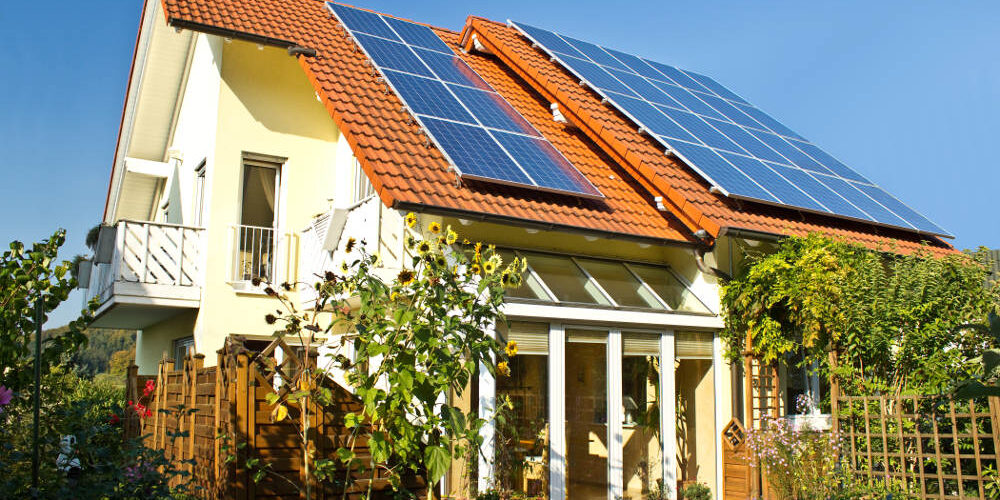Green building methods and materials are becoming more popular and widely used as concern about the environment increases. Using green building methods and materials is also popular because green buildings save money over time by reducing energy costs and also by sometimes qualifying the property owner for tax savings and other rebates. But what exactly makes a building green?
Green Buildings from Top to Bottom
Building green involves consideration of the total building project, including the structure itself, the landscape, the parking and driveway areas, and the interior design. When all parts of the project are designed together with green in mind, it is possible to reap the benefits of maximum energy savings and create an aesthetically pleasing finished building and landscape.
Greening the exterior of a building design involves attention to details such as window treatments that prevent the collision death of birds and cool roofing materials which reflect heat from outside while also making it easier for excess heat inside to escape through the roof during the summer. Green building exteriors also plan for rainwater run-off from roofs and parking areas to be channeled into garden areas where they reduce the need for supplemental watering. Native plants in landscape design are another element in green building design and construction.
The overall structure of a green building involves choosing sustainable building materials – like using recycled denim in place of fiberglass insulation or fast-growing bamboo in place of increasingly rare hardwoods for flooring – as well as not using other materials on a designated “red list.” Red list building materials have known health hazards for workers and building residents. This building material red list is compiled and updated by the International Living Future Institute, and complying with it is a part of many green certification programs.




